Wright of Derby: From the Shadows – a ‘revelatory’ exhibition
The National Gallery’s show brings together the revered artist’s most spectacular works

Joseph Wright of Derby is a painter “all too often underserved in accounts of British art”, said Mark Hudson in The Independent. Born in Derby in 1734, he trained in London but returned to the Midlands to capitalise on the money flowing into the region in the wake of the Industrial Revolution.
A “prodigiously gifted” artist, he developed a style inspired by Caravaggio’s chiaroscuro technique, painting scenes that blended “heightened realism” with “powerful contrasts of light and shadow”, as well as portraits and landscapes that flattered the local industrial elite and their domains. Yet while several of his paintings have become renowned as “seminal” images of the British Enlightenment, he is – possibly on account of the “parochial suffix” attached to his name – often remembered as “a jobbing provincial painter”. This show at the National Gallery seeks to correct that assumption. It brings together many of his best-known works to reclaim him as one of the great British artists of the 18th century, confounding expectations at every turn while creating several bona fide masterpieces. It is “revelatory”.
At the show’s heart are two “spectacular” paintings, said Alastair Sooke in The Daily Telegraph. The first, the National Gallery’s “An Experiment on a Bird in the Air Pump” (1768), is “an electrifying, life-and-death composition”, depicting a white cockatoo placed within a glass vessel. A red-robed scientist is seen drawing the oxygen from the contraption as the creature thrashes around, fighting for survival. The second is “A Philosopher Lecturing on the Orrery” (1766), normally on display in Derby. It’s “just as spectacular”, presenting “an impresario-cum-philosopher with flowing grey locks” performing a scientific demonstration with a clockwork model of the solar system. Both works have long been seen as archetypal images of the Age of Reason. Yet, as the wall texts remind us, they may not be “entirely in sync with it”. While apparently championing rationality, they are “animated by childish wonder as much as intellectual enquiry”, and they show off Wright’s virtuosic skill at replicating artificial illumination.
The Week
Escape your echo chamber. Get the facts behind the news, plus analysis from multiple perspectives.

Sign up for The Week's Free Newsletters
From our morning news briefing to a weekly Good News Newsletter, get the best of The Week delivered directly to your inbox.
From our morning news briefing to a weekly Good News Newsletter, get the best of The Week delivered directly to your inbox.
Wright was certainly interested in science and technology, said Jonathan Jones in The Guardian. But the paintings he made on these subjects make humanity’s new knowledge look terrifying. One girl hides her face from the air-pump experiment, too appalled to look. “This is meant to be a rational exposition of the vacuum, but has become a nightmarish theatre of science, power, cruelty and death.” Wright is perhaps better understood as “the first gothic artist”, using his mastery of light and shade to create truly uncanny pictures. “A Philosopher by Lamplight” (1769), for instance, sees two travellers crossing a moonlit stream to find an old hermit looking at a skeleton, trying to discover what happens when we die. “The bloodcurdling secret at the heart of these paintings is scientific not supernatural.”
National Gallery, London WC2. Until 10 May
A free daily email with the biggest news stories of the day – and the best features from TheWeek.com
-
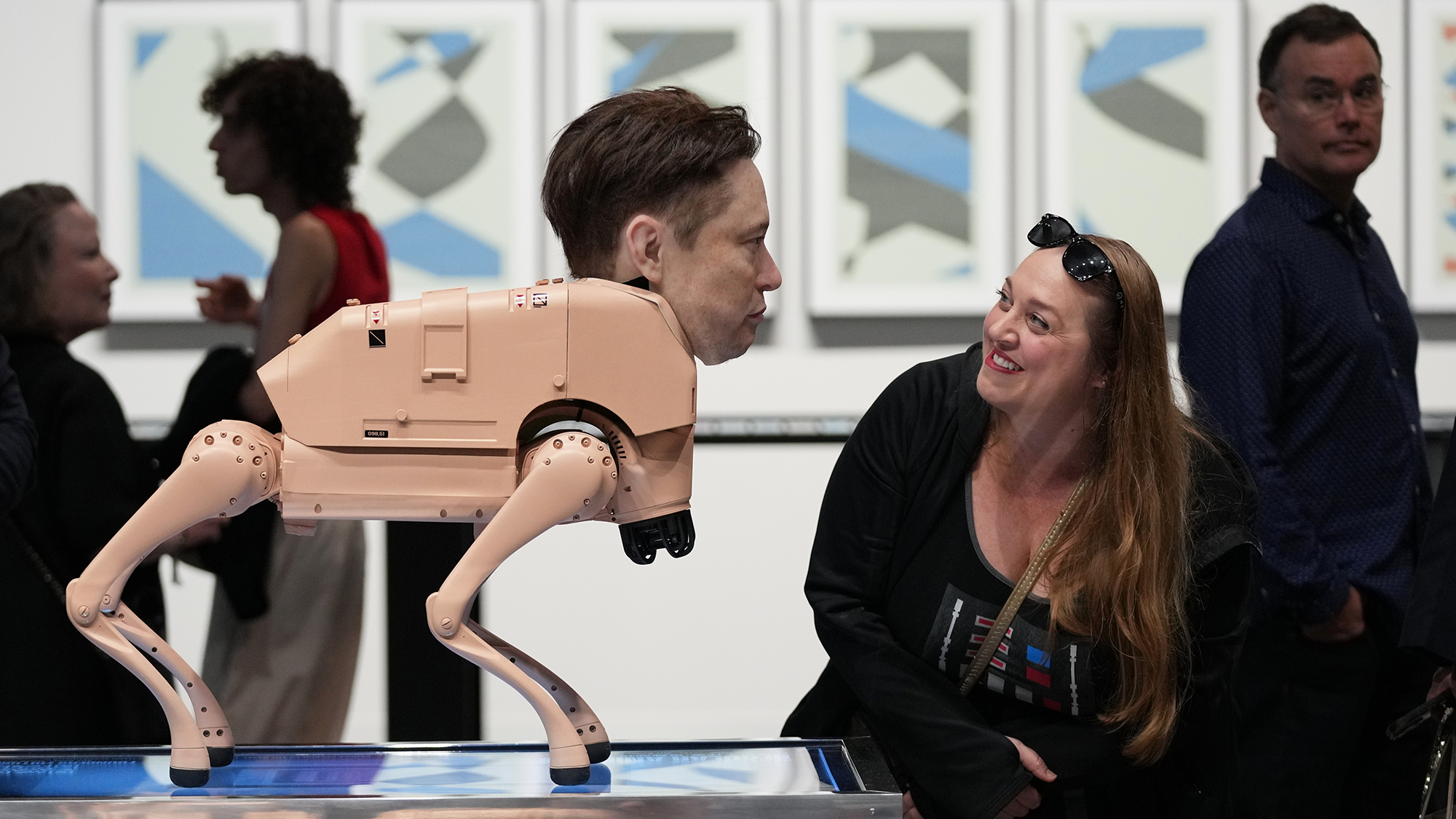 The week’s best photos
The week’s best photosIn Pictures A drive in the desert, prayers with pigeons, and more
-
 The Week Unwrapped: Will drought fuel global violence?
The Week Unwrapped: Will drought fuel global violence?Podcast Plus why did Trump pardon a drug-trafficking president? And are romantic comedies in terminal decline?
-
 Sudoku hard: December 5, 2025
Sudoku hard: December 5, 2025The daily hard sudoku puzzle from The Week
-
 Jane Austen lives on at these timeless hotels
Jane Austen lives on at these timeless hotelsThe Week Recommends Here’s where to celebrate the writing legend’s 250th birthday
-
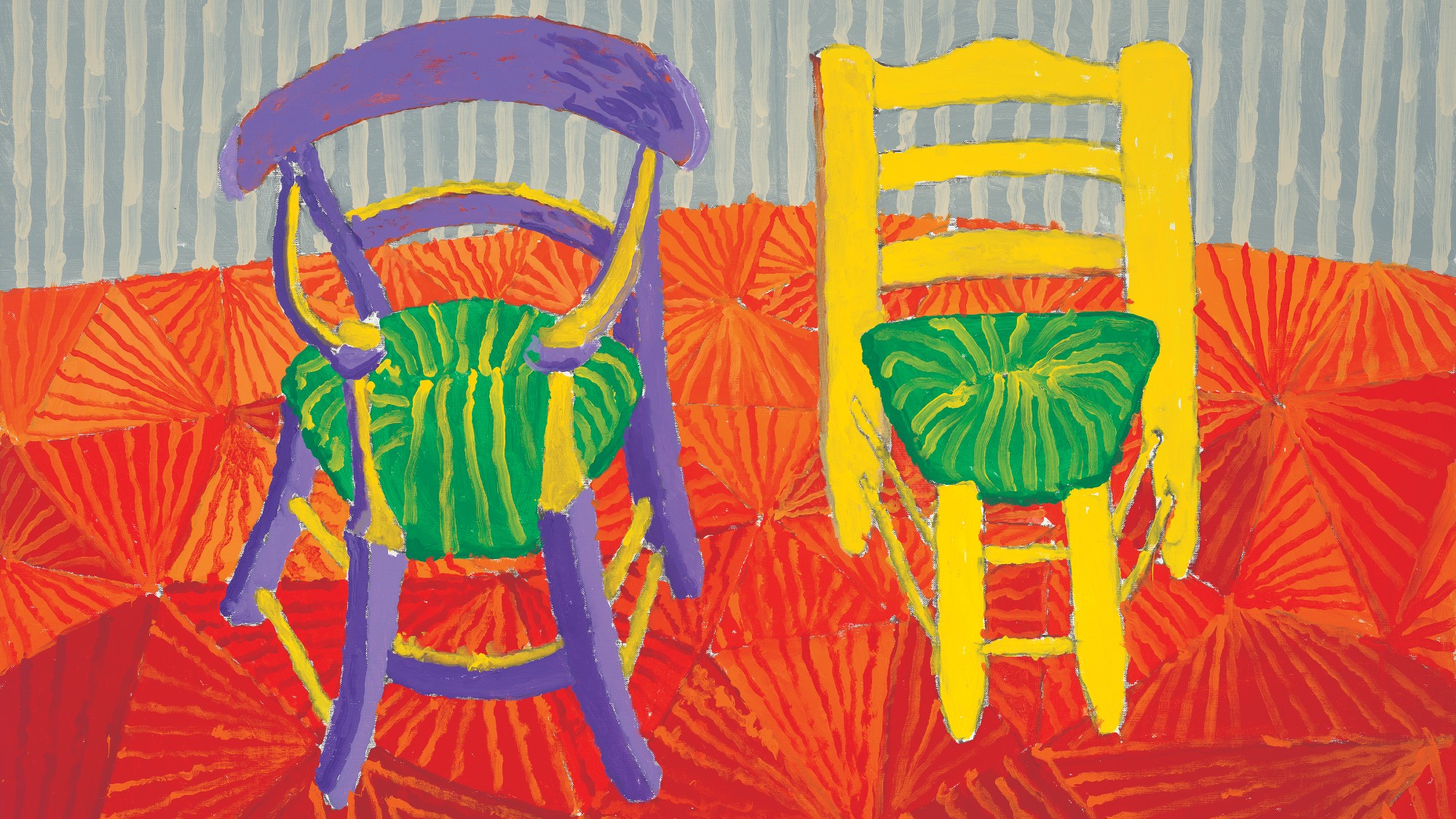 David Hockney at Annely Juda: an ‘eye-popping’ exhibition
David Hockney at Annely Juda: an ‘eye-popping’ exhibitionThe Week Recommends ‘Some Very, Very, Very New Paintings Not Yet Shown in Paris’ testifies to the artist’s ‘extraordinary vitality’ and ‘childlike curiosity’
-
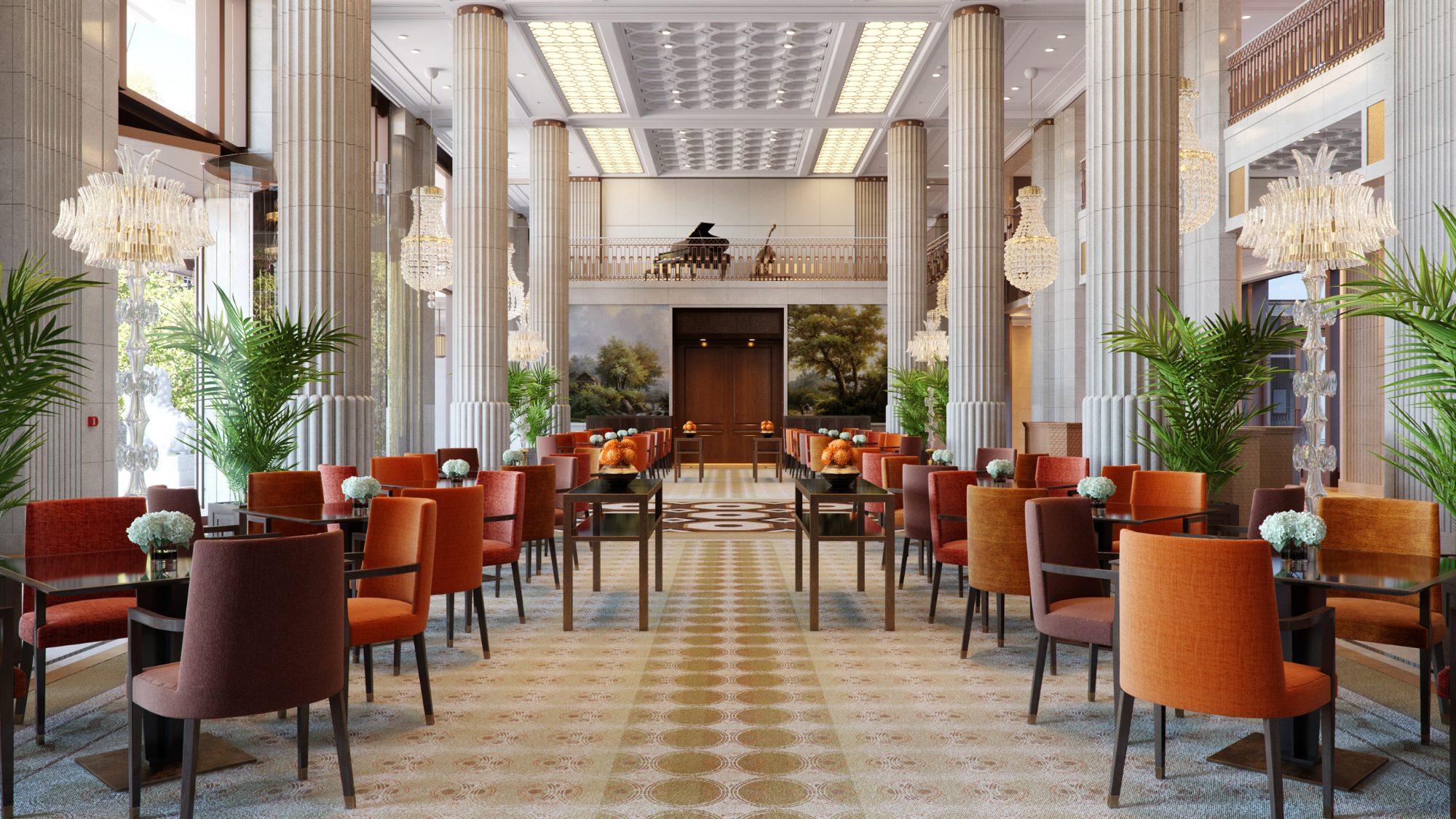 The Peninsula: London’s first billion-pound hotel
The Peninsula: London’s first billion-pound hotelThe Week Recommends As the capital’s super-luxury hotel scene continues to expand, the respected brand is still setting the standard
-
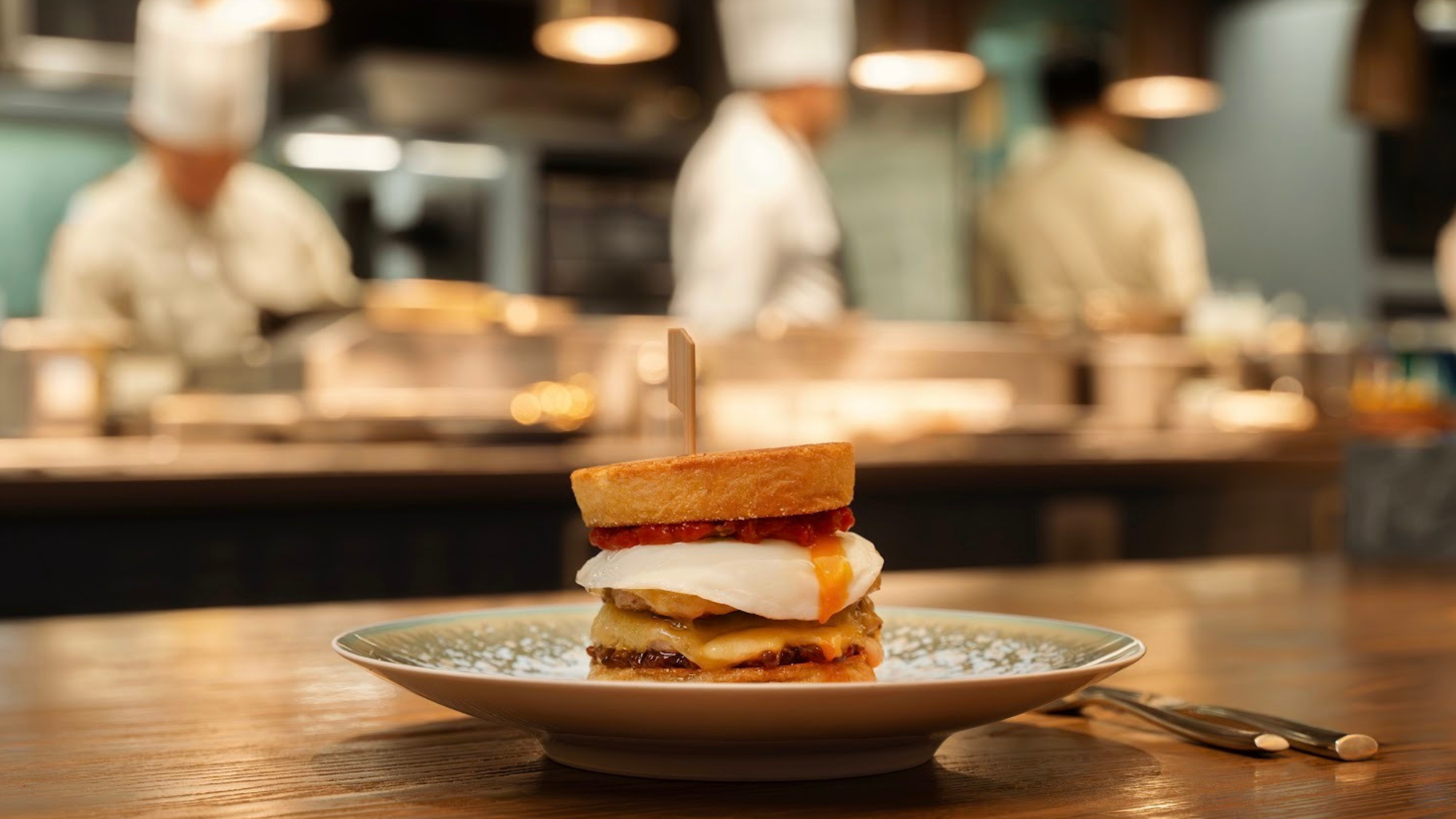 London’s best breakfasts and brunches
London’s best breakfasts and brunchesThe Week Recommends However you like your eggs in the morning, these memorable restaurants have you covered
-
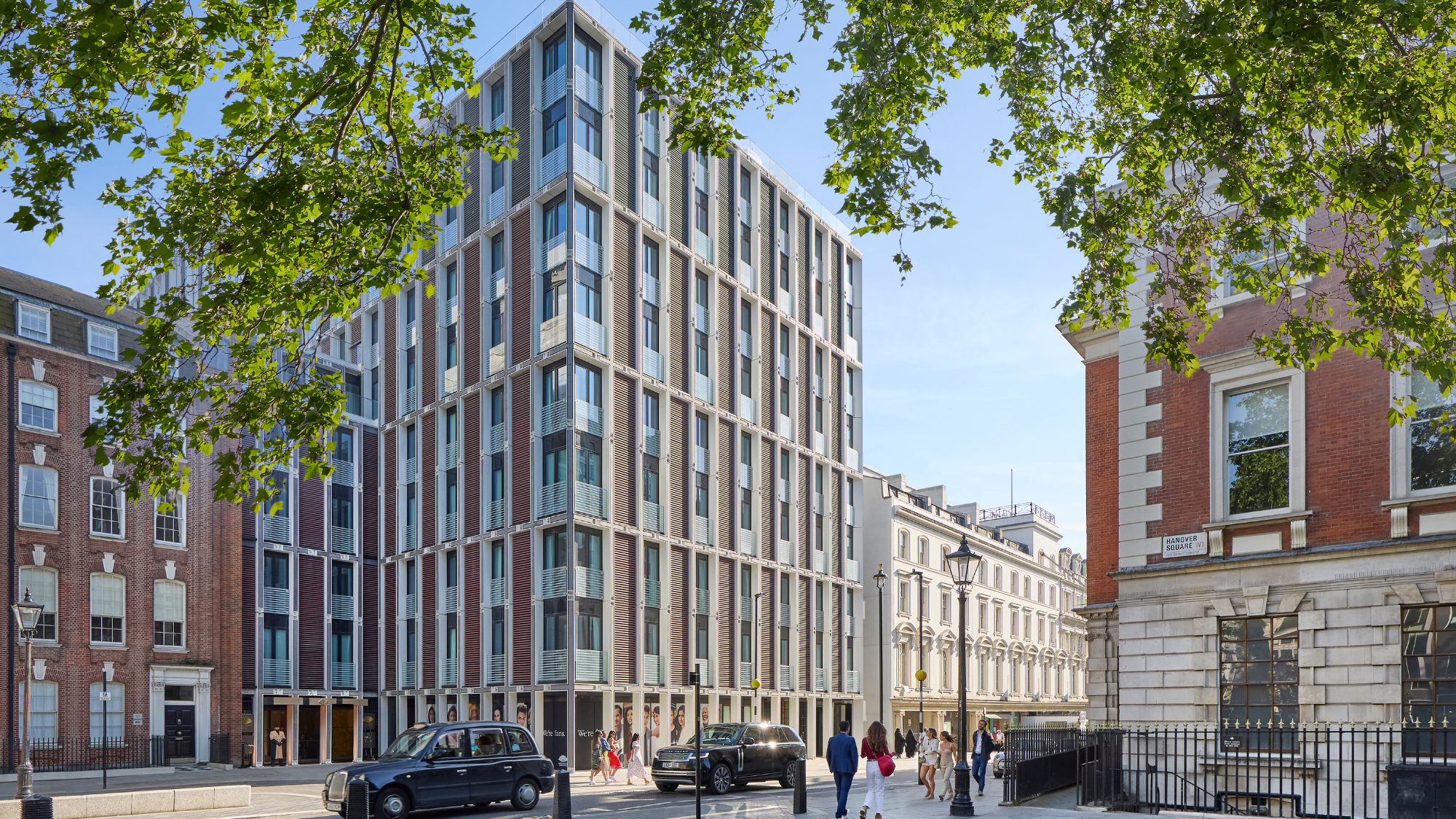 The Mini-Mayfair package at Mandarin Oriental
The Mini-Mayfair package at Mandarin OrientalThe Week Recommends Keep the kids entertained with a family-friendly stay at one of London’s swankiest hotels
-
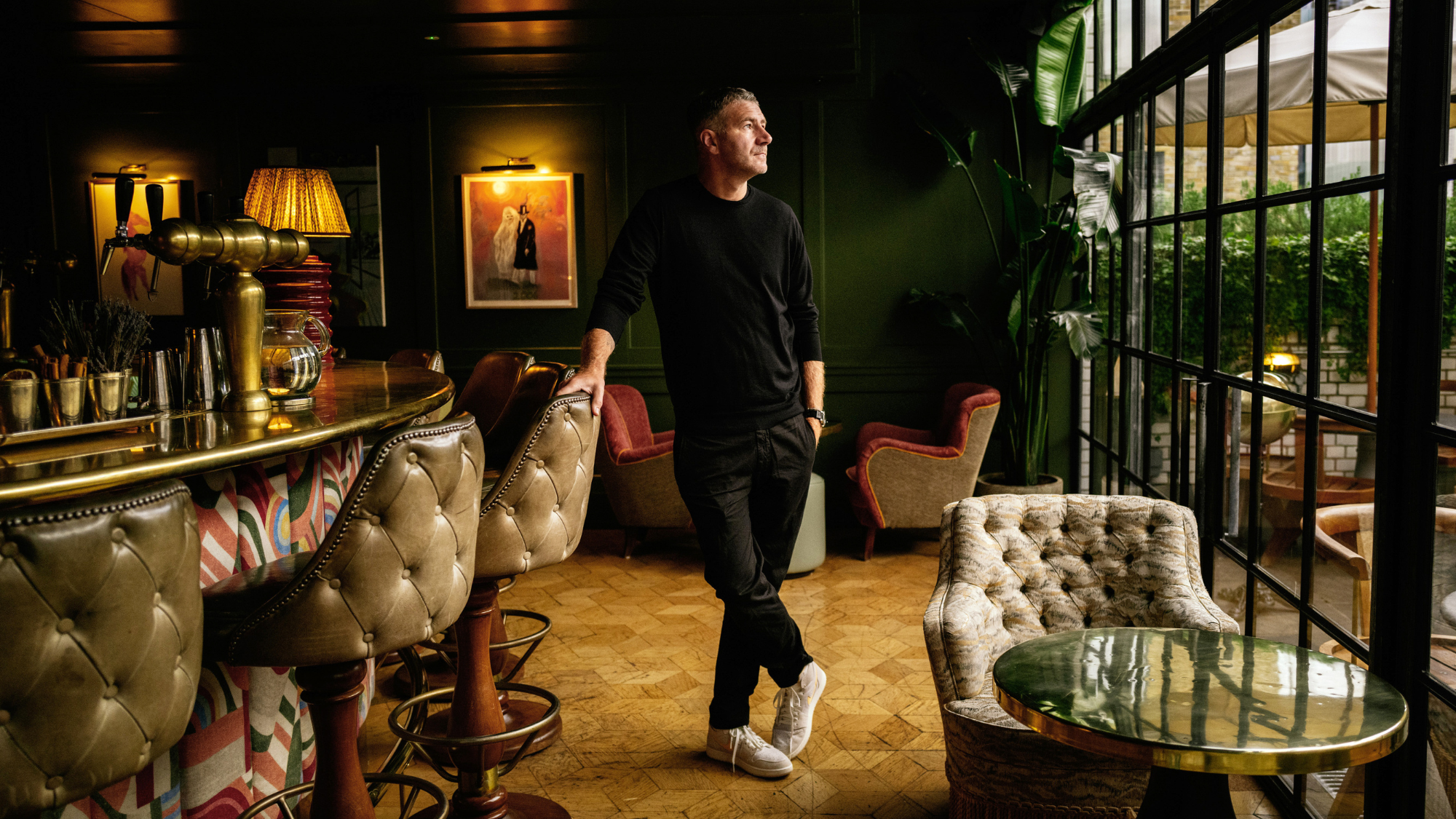 Can Soho House get its edge back?
Can Soho House get its edge back?Talking Point The private members' club has lost its exclusive appeal – but a £2 billion buy-out could offer a fresh start
-
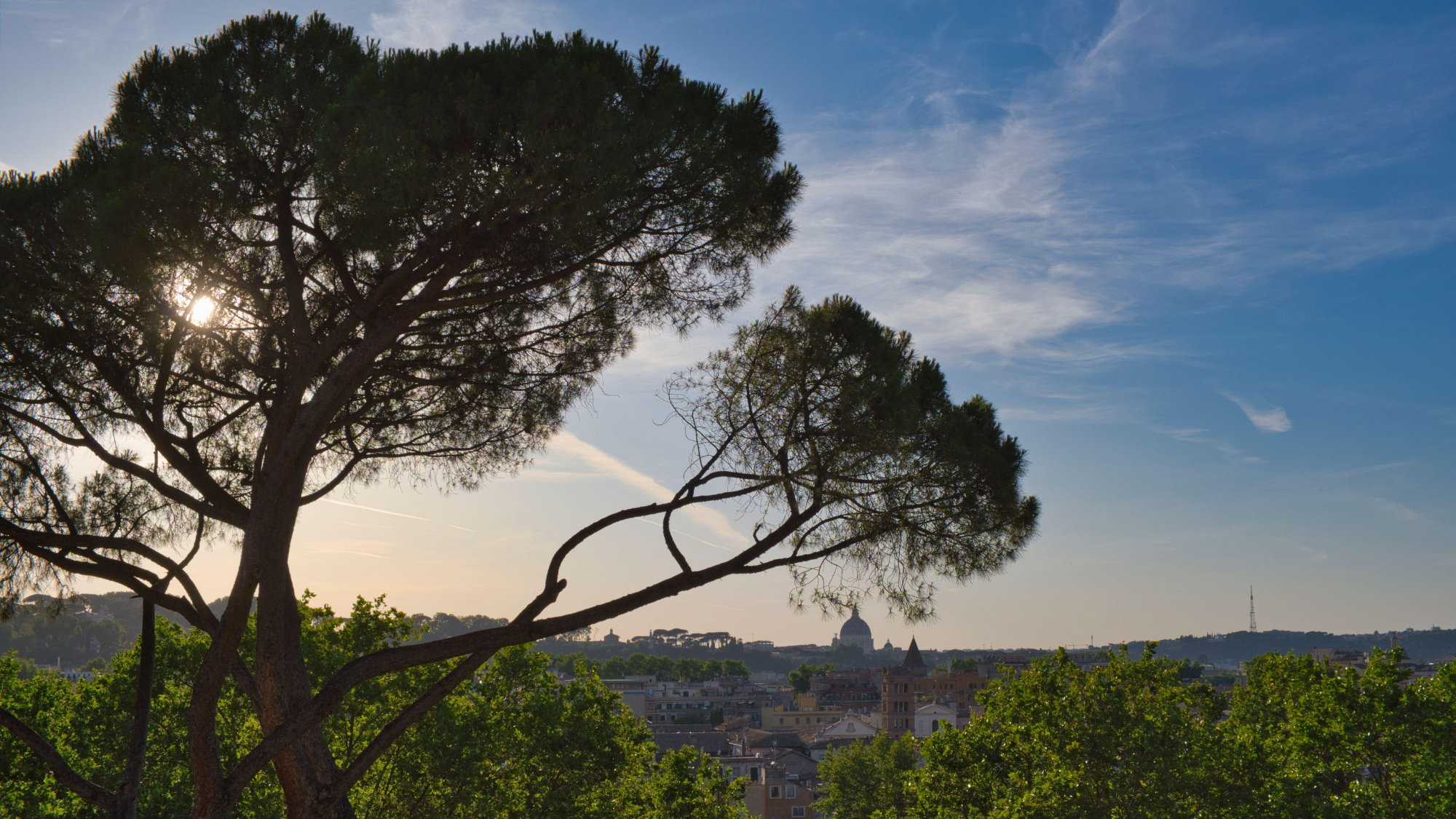 Ssh! Secret gardens to visit this summer
Ssh! Secret gardens to visit this summerThe Week Recommends These leafy havens are the perfect place to escape the crowds
-
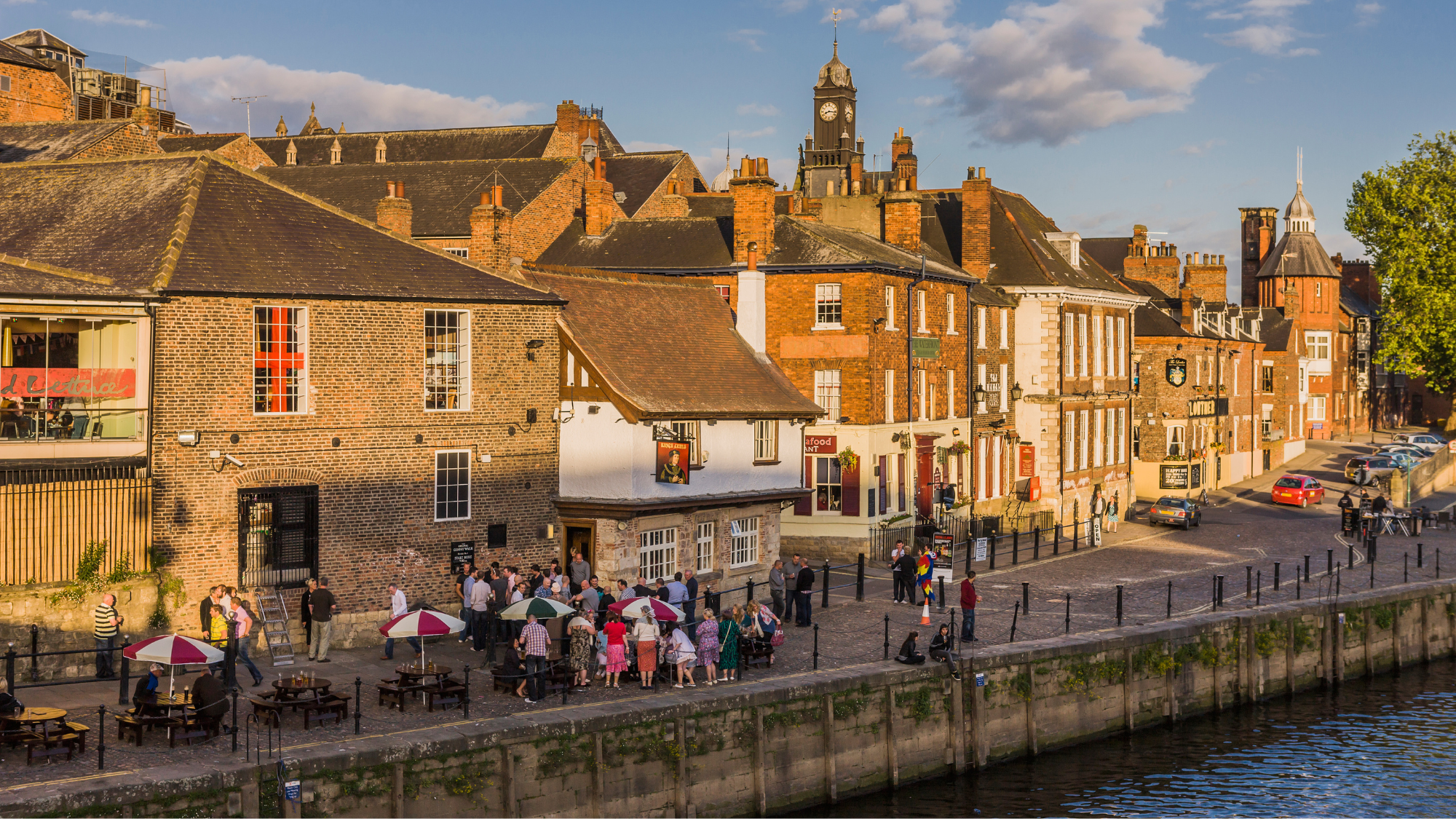 The best UK waterside pubs to enjoy the summer heat
The best UK waterside pubs to enjoy the summer heatThe Week Recommends These are a few pubs with 'waterside charm' to 'soak it all in'